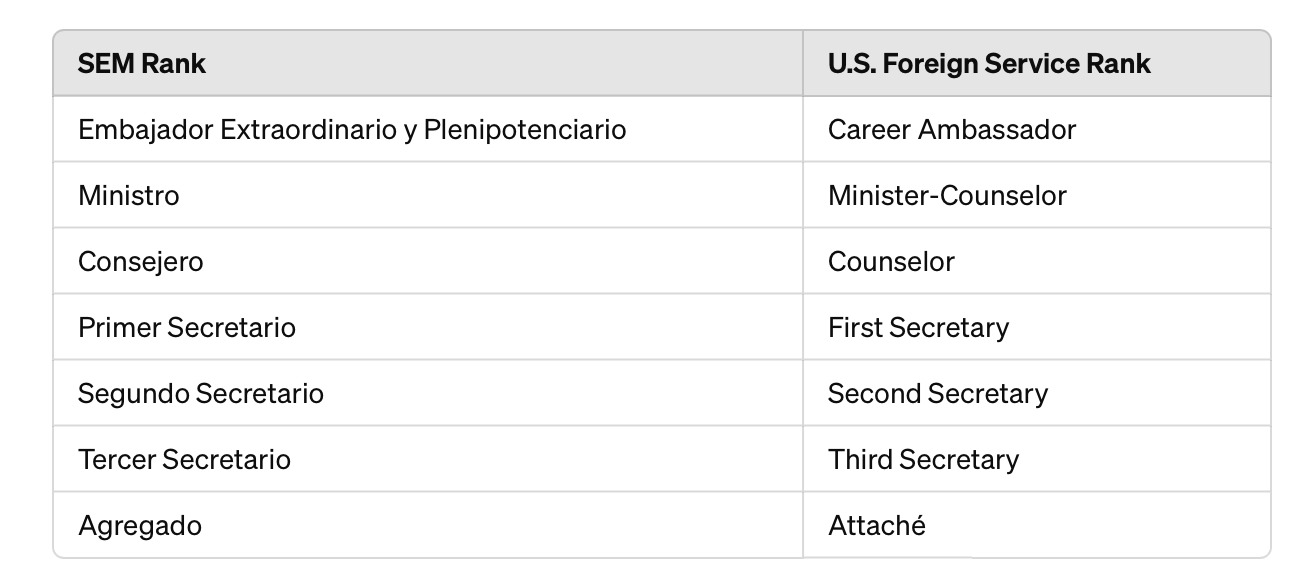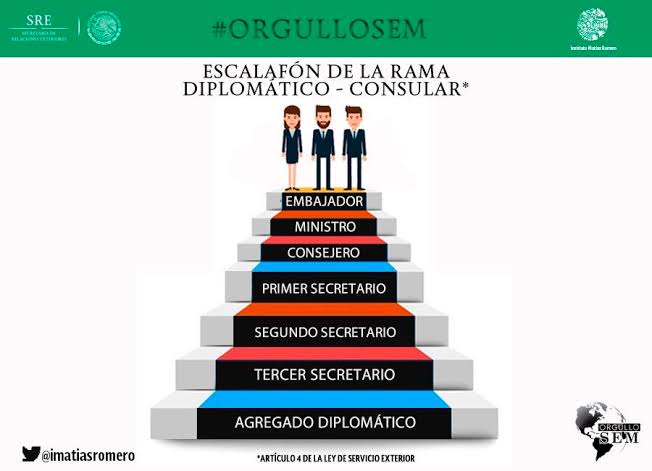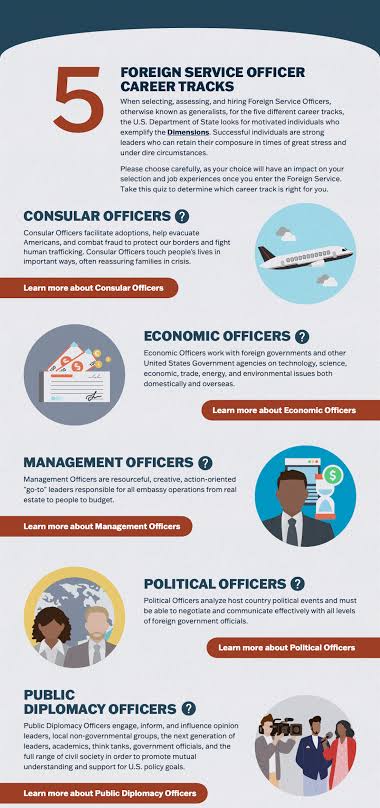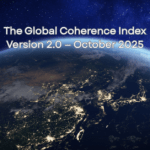Comparative Look at the Mexican and U.S. Diplomatic Services
Introduction
Diplomatic services are essential arms of a country’s foreign policy, acting as the primary channels through which international affairs are conducted. They are responsible for maintaining relations between states, representing their home country abroad, negotiating treaties, protecting their nation’s interests, and supporting nationals overseas (U.S. Department of State, n.d.; Secretaría de Relaciones Exteriores, n.d.). Understanding the structures of different diplomatic services is critical, as it allows for the appreciation of how countries engage with each other on the global stage. The Mexican Foreign Service (Servicio Exterior Mexicano, SEM) and the U.S. Foreign Service are two such entities that, while serving the same fundamental purposes, operate within different frameworks and traditions (Secretaría de Relaciones Exteriores, n.d.; U.S. Department of State, n.d.).
Ranks Within the SEM and the U.S. Foreign Service
The concept of diplomatic ranks is rooted in international law and custom, with the Vienna Convention on Diplomatic Relations providing a framework for diplomatic ranks and functions (United Nations, 1961). Ranks within the diplomatic corps, such as Ambassador, Minister, and Attaché, indicate the level of seniority and the scope of responsibility held by the diplomatic personnel. Below is a table comparing the ranks from Ambassadors to Attachés in both the SEM and the U.S. Foreign Service

In the hierarchy, each rank carries with it distinct roles and functions. For instance, Ambassadors are the highest-ranking officials and act as the personal representatives of the sovereign or the state. In contrast, Attachés are often specialists in a particular field, such as military or cultural affairs, and typically hold lower ranks (U.S. Department of State, n.d.; Secretaría de Relaciones Exteriores, n.d.). The significance of these ranks extends beyond mere titles; they define the order of precedence, diplomatic immunities, and the nature of the tasks diplomats are expected to perform (United Nations, 1961).
Positions and Their Functions
Diplomatic positions are official roles held by members of a diplomatic service. These positions carry specific responsibilities and are essential for the execution of a country’s foreign policy. For example, Ambassadors are the highest-ranking officials in a diplomatic mission and act as the chief representatives of their country to the host nation. They are responsible for managing the entire mission and its staff and for representing their government in discussions and negotiations with the host country’s government.
Consuls General head consulates in major cities and primarily look after consular services such as issuing visas, assisting nationals abroad, and promoting economic and cultural ties. Attachés are experts in specific areas, such as defense, culture, or commerce, and provide valuable insights and advice on their areas of expertise. While Ambassadors and Consuls General often engage with high-level diplomatic negotiations and relations, Attachés offer specialized support, enhancing the mission’s overall effectiveness.
In both the SEM and the U.S. Foreign Service, these positions are pivotal, yet the responsibilities might slightly vary due to the differing diplomatic protocols and cultural nuances inherent in each service. For example, an Agregado Comercial in the SEM may have similar roles to a Commercial Attaché in the U.S., focusing on economic relationships, but their methods and strategies might reflect their respective countries’ trade policies and priorities.

Types of Diplomatic Offices
Diplomatic offices serve as the locations from which diplomats perform their work and interact with the host country. Embassies are the main offices located in the capital city of a host country and are led by an Ambassador. They handle major diplomatic activities, including political relations and negotiations.
Consulates and Consulates General are secondary offices located in cities other than the capital. They focus more on individual services to citizens, such as visa issuance and passport services, and may foster trade and cultural exchanges.
Permanent Missions represent a country in international organizations like the United Nations, ensuring representation in international policymaking.
Trade Offices operate to promote the economic interests of their home country. They work closely with businesses to facilitate trade deals and investment opportunities, reflecting the economic diplomacy aspect of a country’s foreign policy.
While embassies are crucial for maintaining high-level diplomatic relations, consulates and trade offices have more specialized roles that are essential for functional and effective diplomacy on the ground.
Key Differences and Similarities
The structure and operation of the SEM and the U.S. Foreign Service reflect each country’s unique approach to diplomacy. A primary difference lies in the career path and promotion systems. The SEM operates on a system where promotions are often based on a combination of seniority and merit, while the U.S. Foreign Service has a more structured, up-or-out system designed to ensure continuous advancement or transition out of the service.
Despite these differences, both services have similarities that underpin international cooperation. They share a common language of diplomacy, abide by international laws and conventions, and the ranks and roles are structured similarly, allowing for seamless interaction. This standardization ensures that despite different internal structures, they can work towards common goals like global security, economic development, and cultural exchange.
Diplomatic relations are maintained through regular communication, formal agreements, collaborative projects, and mutual respect for each nation’s sovereignty. In both Mexico and the U.S., embassies, consulates, and missions play vital roles in supporting these efforts by hosting bilateral talks, cultural events, and negotiation forums.
Conclusion
In the world of international diplomacy, understanding the mechanics behind the SEM and the U.S. Foreign Service provides valuable insights into how countries navigate the complex web of global relations. While there are differences in how each country trains, promotes, and assigns its diplomatic corps, the shared objectives and adherence to international norms allow for effective cooperation on the international stage. Both diplomatic services work tirelessly to protect their citizens’ interests abroad, forge economic partnerships, and promote cultural understanding. In an increasingly interconnected world, the work of these diplomats is more important than ever, serving as the backbone of international politics and cooperation.
References
- Secretaría de Relaciones Exteriores. (n.d.). Servicio Exterior Mexicano. Retrieved from https://www.gob.mx/sre/acciones-y-programas/servicio-exterior-mexicano-y-asuntos-consulares
- United Nations. (1961). Vienna Convention on Diplomatic Relations. Retrieved from https://treaties.un.org/doc/Publication/UNTS/Volume 500/volume-500-I-7310-English.pdf
- U.S. Department of State. (n.d.). Foreign Service Officer. Retrieved from https://careers.state.gov/work/foreign-service/officer/










No responses yet